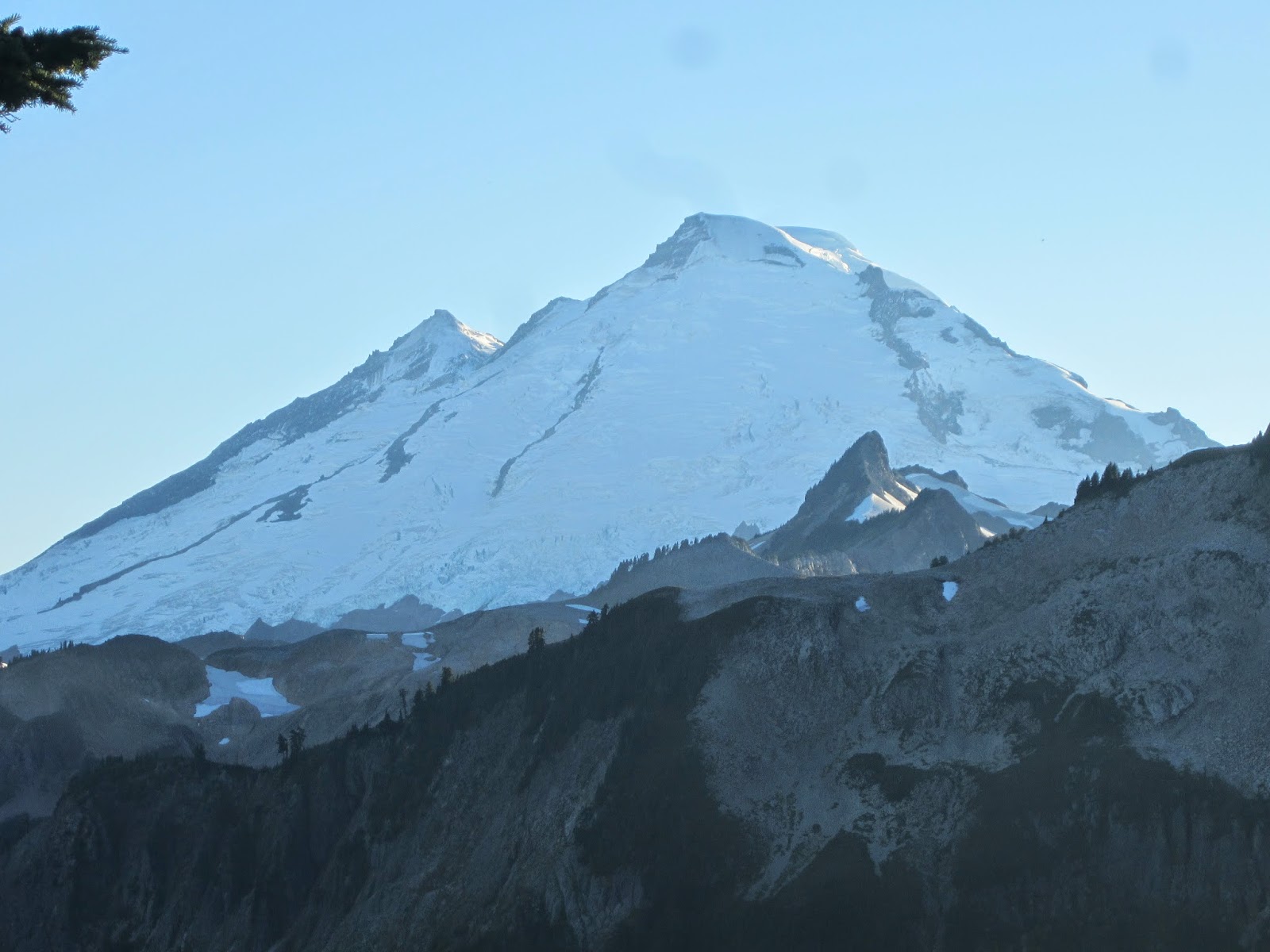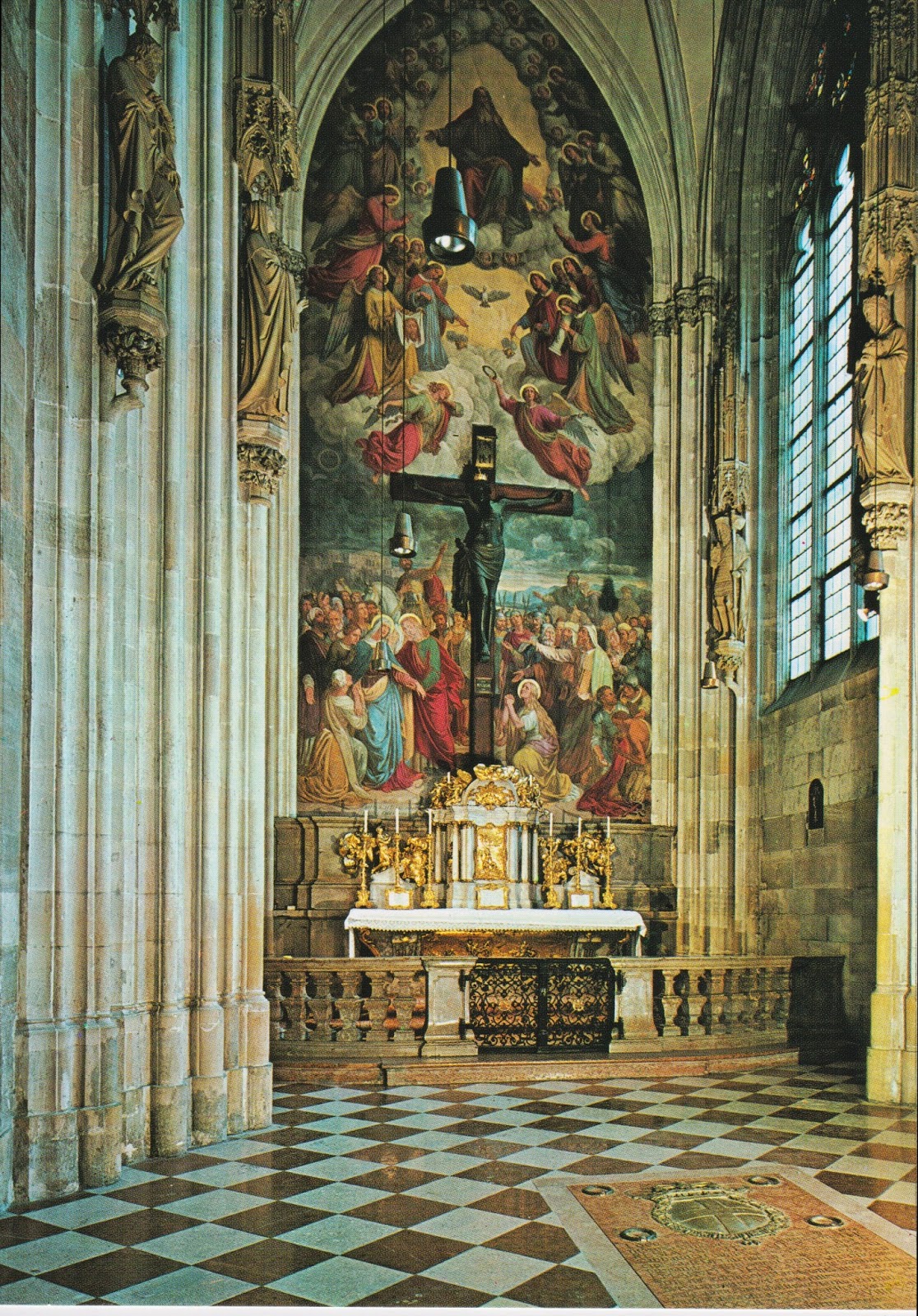Mt. Baker
We have actually taken several hikes in the past month but we are also involved in a big clean up project so I have not posted notes or photos about them. At the beginning of September we spent a weekend at the Mountaineers Mt. Baker Lodge. Bob was scheduled to lead a hike up Table Mountain; very steep, loose rock on the trail with a snow bank and drop offs so it was a hike beyond my skill level and endurance not to mention the fear of heights thing. The two of us did walk around Artist’s Point, a beautiful scenic spot with magnificent views of both Mt. Shuksan and Mt. Baker.
Main room
The Lodge is open to members of the Mountaineers and has scheduled events such as the one we attended. During the summer months the lodge is open on weekends but during the skiing season in the winter it is open more days. The Mt. Baker ski area is renown for its powder snow and great ski runs.
Built by volunteers in the 1950s the lodge has had a few additions or renovations since then including a new pantry and sleeping quarters for the host. The building is three stories tall but since it is nestled in the trees it is nearly invisible from the road. The lodge sleeps up to 60 people in bunkhouse style divided into sections for women, men and couples/families. Big windows face out toward Mt. Shuksan and afford a beautiful view. One evening we saw the almost full super moon rising above the mountain. My camera was upstairs in the bunkroom, not enough time to run up and get it before the magic moment passed. But a few people did take photos and go out later to look at the stars, so very bright in the mountains without city lights to distract the eye.
The Kitchen
The dining area
The lodge has no public utilities so it has to have its own well and a propane generator that supplies energy for the heat, stove, the refrigerator and powers the lights. It is on a septic tank system so there were warnings posted about what can be flushed down the toilets or dumped in the sink. The generator is shut off at 10:30 pm and back on around 7 am. To conserve energy it is also turned off during the day if no one is in the lodge. Cell phones worked because there is a cell tower at the ski area but there is no Internet service.
Our bunks during the stay at the lodge.
We stayed in the family section that is located between the men and women but basically the same pattern of bunks.
Table Mountain
Mt. Shuksan (Artist's Point)
Looking down from Artist's Point
Mt. Baker in the late afternoon
Mt. Baker is an active volcano with a steaming crater. It is 10,500 ft high, the crater is located between the two peaks. There were minor eruptions in the 19th century and it is considered to be next most likely volcano to erupt after Mt. St. Helens. The glaciers on Mt. Baker are second only to those found on Mt. Rainier.
Afternoon sun
Mt. Shuksan
Mt. Shuksan is one of the most photographed mountains and pictures of it have appeared on calendars and in several books. This mountain, unlike Mt. Baker, is not a volcano. It is 9,131 ft high.
The host for the time we were there had helped with the original construction and was able to tell us a little more about the building. She had everything very well organized with everyone signing up for a job of some type and all helping with the last day cleanup. The kitchen was big enough for several people to work side-by-side without bumping each other. There are flush toilets and showers too. There were 24 of us the weekend we stayed. The host said that sometimes boy scouts will come up and then the total number might be a hundred or more but the boys camp outside and presumably the adult leaders can use the inside bunks. The lodge is used both summer and winter. The lower level has a drying room for wet clothes and an area to put skis.
There are two entrances, one for summer and one for winter. The building is above the ground a bit so that in the winter when the snow is deep and the side or summer door is not accessible it is still possible to get into the lodge by the winter door that if necessary connects to a snow tunnel.
Here are a few pictures –

Red heather going to seed
Not many plants were still in bloom but it was interesting and fun to see some familiar ones that were either going to seed or had already made berries. We did find some Huckleberries on Artist's Point and had a little feast while others just walked by without seeing these delicious mountain treats.
Saxifrage
Pearly everlasting
Fireweed going to seed
Mountain ash berries
Grass floating in the pond made a pretty design too.
Satyr Anglewing butterfly























































